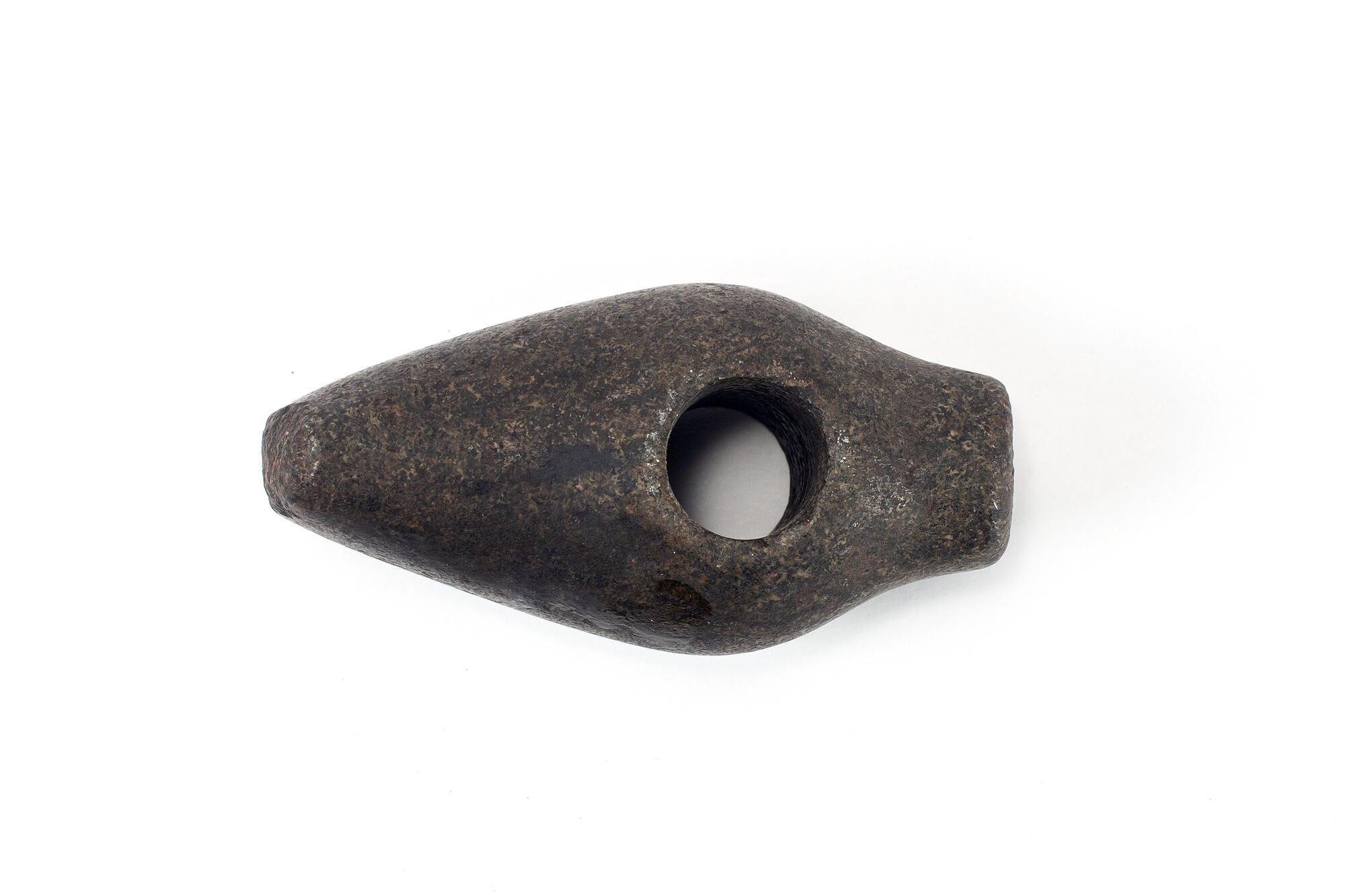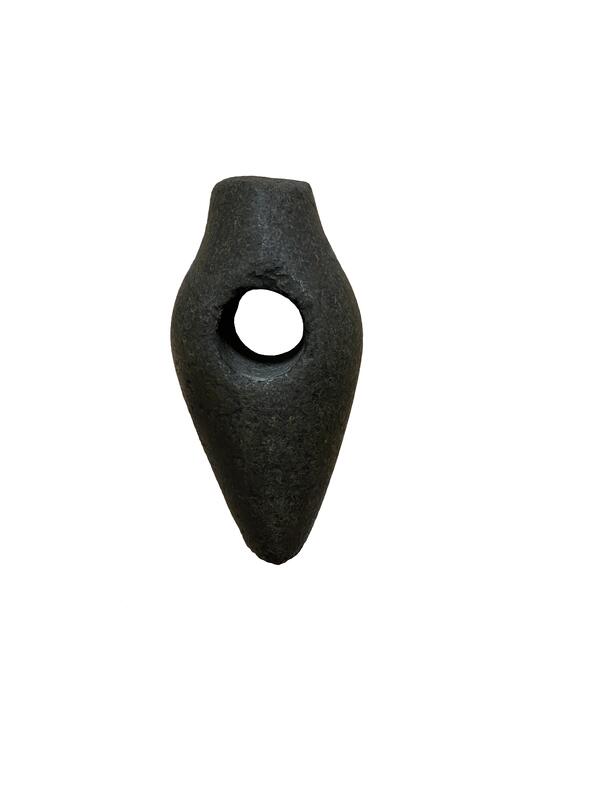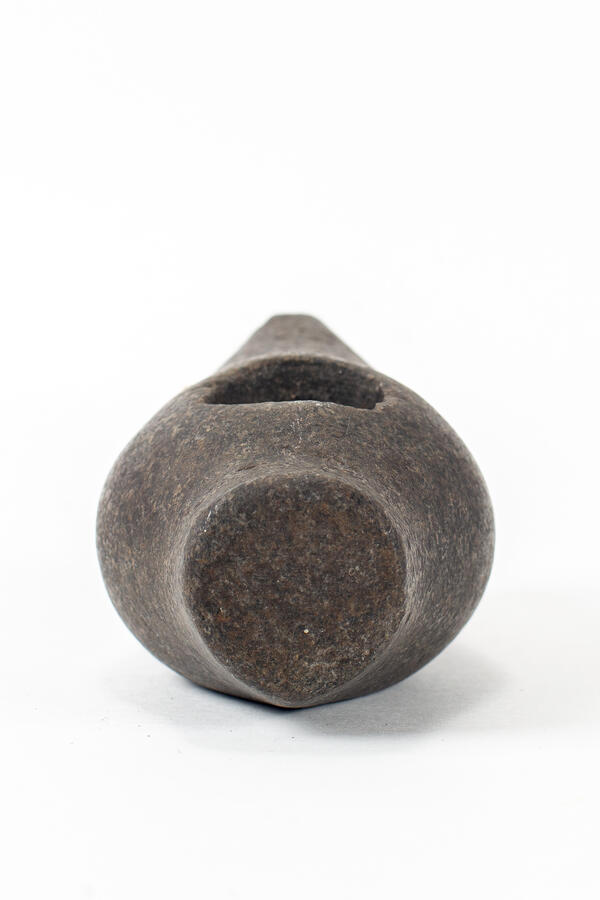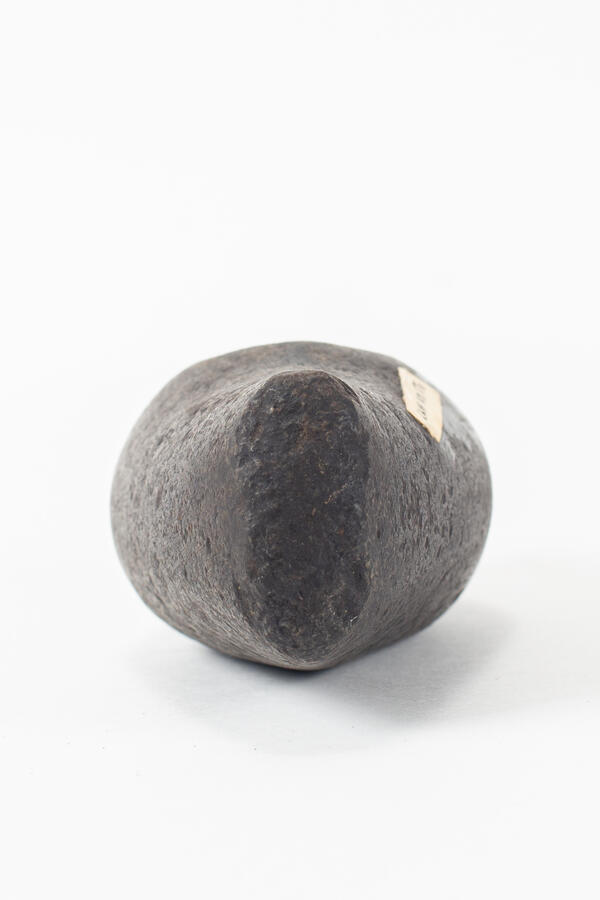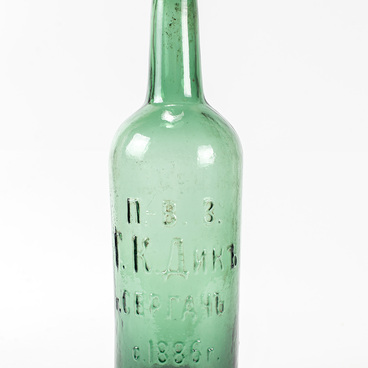The stone axe is one of the tools of prehistoric people. It appeared about 40,000 years ago and replaced the ancient hand axe that did not have a proper handle. The first axes and hammers were made of flint, jade, slate and obsidian — rocks that had sharp cutting edges. A handle made of wood or large bone was later added to axes. The handle was fastened with resin, a coupling made of deer horns or animal tendons. Stone axes and hammers varied in shape depending on the purpose — they were used for hunting, fighting, skinning, construction, wood and bone processing, and cooking.
In the Paleolithic period, or the Old Stone Age, prehistoric people settled on all continents, including Europe, and South and North America. They could fish, make hooks, needles, arrowheads and spears out of mammoth bones. The first forms of art were also developed at that time: cave painting, bone carving, and early sculpture.
In the Neolithic Period, or the New Stone Age, that followed people learned to grind, sharpen and drill stone. Many new tools emerged, including chisels, adzes, and stone chisels. People mastered ceramics and weaving, fashioned the first sleds, skis, rafts and boats. The first drilled hammers and axes with a hole for mounting on the handle appeared. The tools, similar in shape to a simple boat, are called boat-shapes axes or battle axes and were used as combat weapons. They weighed from one to three kilograms, so that it was convenient to fight with one hand.
The displayed drilled axe was found on the territory of the Nizhny Novgorod Region. Prehistoric people came to these lands about 10,000 years ago, after the ice age, when the climate became similar to the modern one. Early human sites with earthen pits were discovered there. Archaeologists also found a scraper knife, a bone gimlet, a hammer axe, knife-shaped plates, as well as fragments of ceramic ware and small animal bones.
With the advent of agriculture, peoples and communities began to form. In the first millennium AD, the areas south and south-east of the Nizhny Novgorod Region were inhabited by Mordvinian tribes — the Erzyas and Mokshas. They were engaged in agriculture, hunting, cattle breeding, fishing and beekeeping. The Russians came to these lands after the founding of Gorodets in 1152 and Nizhny Novgorod in 1221.
In the Paleolithic period, or the Old Stone Age, prehistoric people settled on all continents, including Europe, and South and North America. They could fish, make hooks, needles, arrowheads and spears out of mammoth bones. The first forms of art were also developed at that time: cave painting, bone carving, and early sculpture.
In the Neolithic Period, or the New Stone Age, that followed people learned to grind, sharpen and drill stone. Many new tools emerged, including chisels, adzes, and stone chisels. People mastered ceramics and weaving, fashioned the first sleds, skis, rafts and boats. The first drilled hammers and axes with a hole for mounting on the handle appeared. The tools, similar in shape to a simple boat, are called boat-shapes axes or battle axes and were used as combat weapons. They weighed from one to three kilograms, so that it was convenient to fight with one hand.
The displayed drilled axe was found on the territory of the Nizhny Novgorod Region. Prehistoric people came to these lands about 10,000 years ago, after the ice age, when the climate became similar to the modern one. Early human sites with earthen pits were discovered there. Archaeologists also found a scraper knife, a bone gimlet, a hammer axe, knife-shaped plates, as well as fragments of ceramic ware and small animal bones.
With the advent of agriculture, peoples and communities began to form. In the first millennium AD, the areas south and south-east of the Nizhny Novgorod Region were inhabited by Mordvinian tribes — the Erzyas and Mokshas. They were engaged in agriculture, hunting, cattle breeding, fishing and beekeeping. The Russians came to these lands after the founding of Gorodets in 1152 and Nizhny Novgorod in 1221.
